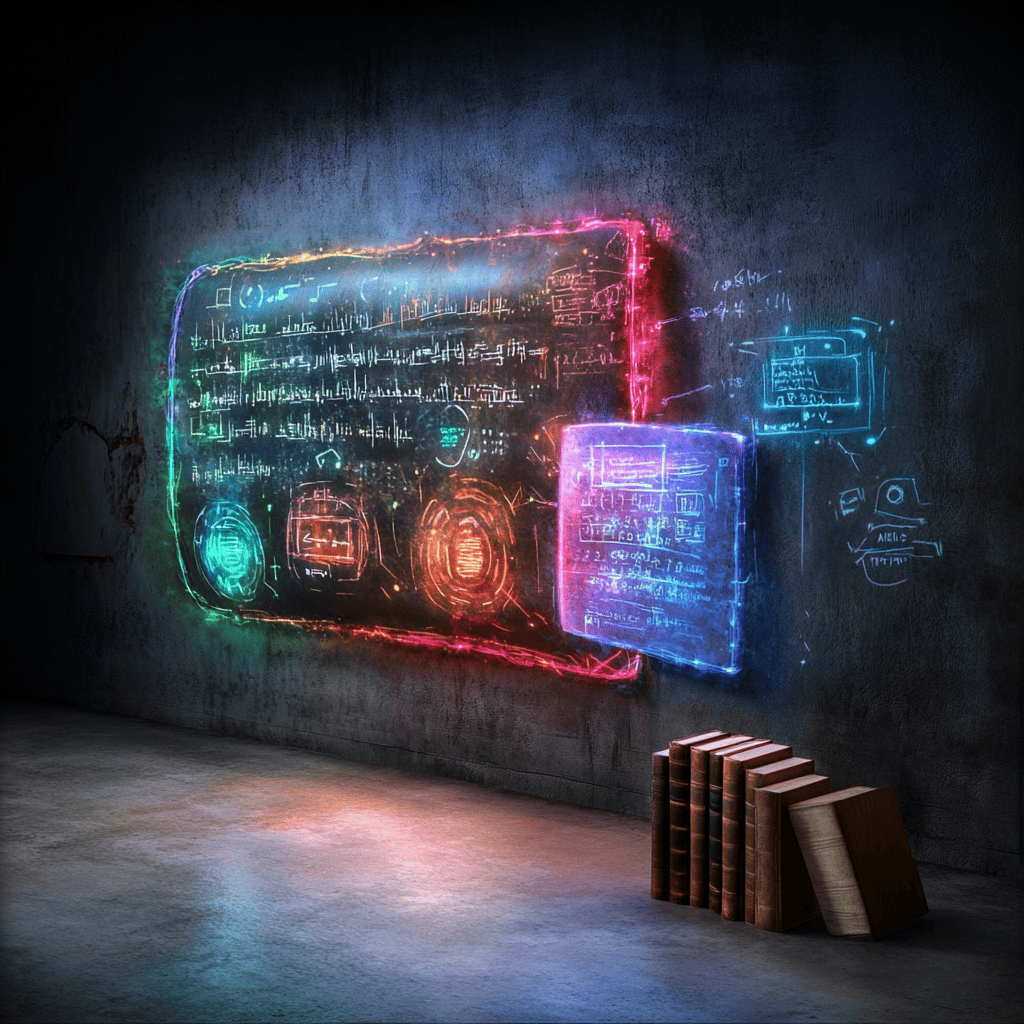
Many companies invest heavily in innovation programs, but most fail to deliver real impact. Why? Because innovation is more than just launching initiatives—it’s about execution, culture, and long-term commitment. Let’s explore the key reasons behind these failures and how to fix them. 👇
📌 Why Innovation Programs Fail
🔴 Lack of Clear Business Alignment
Many companies treat innovation as a separate initiative rather than integrating it into their core strategy. Without alignment, efforts become disconnected from real business needs.
🔴 Over-Focus on Ideas, Not Execution
Innovation is not just about brainstorming—it’s about making ideas happen. Many programs lack the structure to test, validate, and scale new concepts effectively.
🔴 Resistance to Change
Employees often fear innovation because it disrupts existing ways of working. Without leadership support and a culture that embraces change, innovation efforts stall.
🔴 Short-Term Thinking
Companies expect quick results, but true innovation takes time. Many programs are shut down prematurely because they don’t show immediate ROI.
💡 How to Build Innovation That Works
✅ 1. Connect Innovation to Business Goals
Tie innovation initiatives directly to strategic objectives. If it doesn’t solve a real business problem, it won’t gain traction.
✅ 2. Move from Ideas to Action
Create structured pathways for testing and scaling innovations—small pilots, iterative development, and cross-functional collaboration.
✅ 3. Foster a Culture of Experimentation
Encourage employees to take smart risks without fear of failure. Learning from mistakes is essential for breakthrough innovation.
✅ 4. Secure Executive Buy-In and Long-Term Commitment
Leadership must actively support innovation, not just with words but with resources, budget, and patience.
✅ 5. Measure What Matters
Instead of just tracking the number of ideas generated, measure the business impact—revenue growth, efficiency gains, customer satisfaction improvements.
🚀 Innovation That Lasts
Innovation isn’t about a single project—it’s about building a long-term capability. Companies that treat innovation as an ongoing strategic priority rather than a short-term experiment are the ones that thrive.
📢 What’s been your experience with corporate innovation? Let’s discuss! 💬👇



